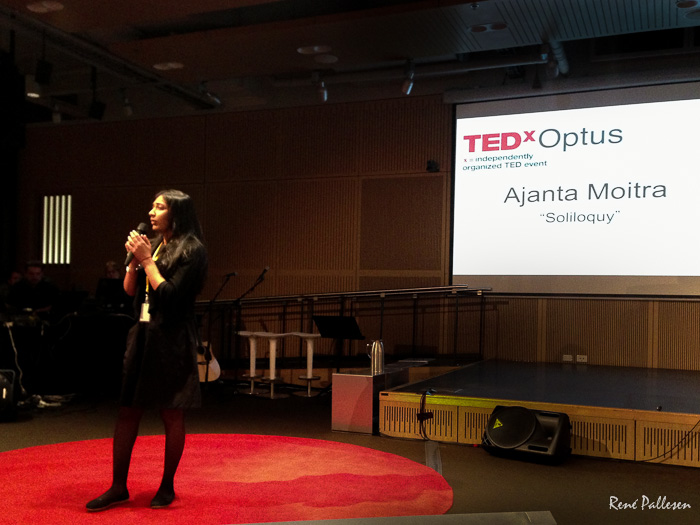11. October 2013 05:20
by Rene Pallesen
0 Comments
11. October 2013 05:18
by Rene Pallesen
0 Comments
We have started giving Aiden and Lucas a bath together when we are not too rushed. They are playing very nicely together in the bathtub.

11. October 2013 05:16
by Rene Pallesen
0 Comments
Lucas is starting to be able to walk by himself and stand for long periods of time without holding onto furniture. The longest we have seen him walk so far was around 2 metres.

11. October 2013 05:10
by Rene Pallesen
0 Comments
A couple of times now we have caught Lucas in the process of cleaning the toilet using the toilet brush. We really have to watch him, because he is quick and within a few seconds he will be in there up to his mischief if we don't watch out.

11. October 2013 05:02
by Rene Pallesen
0 Comments
Aiden recently ended up in hospital again...this time really bad.
He had another seizure similar to the last time, but this time a lot worse and he didn't wake up from it.
At the hospital they couldn't get him to respond either and he started having neurological damage symptoms.
They decided to put him to sleep on a breathing aparatus and go through the whole process of CT scans, Xrays, spinal fluid examinations etc.

Kim and I were really scared and I stayed with him for 4 days in the hospital until he eventually recovered enough to go home.


The doctors were unable to find out why he seizure was so violent so now we are really worried that he may get another one.

11. October 2013 05:00
by Rene Pallesen
0 Comments
Recently it was fathers day...the kids surprised me in the morning giving me a new coffee mug.

11. October 2013 04:28
by Rene Pallesen
0 Comments
11. October 2013 04:23
by Rene Pallesen
0 Comments
Last weekend Aiden and I went to Sammi's 4th B'day.
It was held up at Mona Vale and involved a small bush walk for the kids.

Some of the way Aiden and Sammi were holding hands.

Afterwards we had cake and played with clay.



And after the party Aiden and I went for another little walk and spotted a hug red belly black snake.

11. October 2013 04:21
by Rene Pallesen
0 Comments
We are in the process of potty training Aiden...so far ain't working.
He is reasonably happy to sit on the toilet in front of the TV...but so far he is holding it in.

10. September 2013 02:49
by Rene Pallesen
0 Comments
Some time ago we had a TEDx session at work...it was great to be part of an international phenomena.

I hope they will run more sessions in the future and that they will be able to get some really interesting speakers in the room.